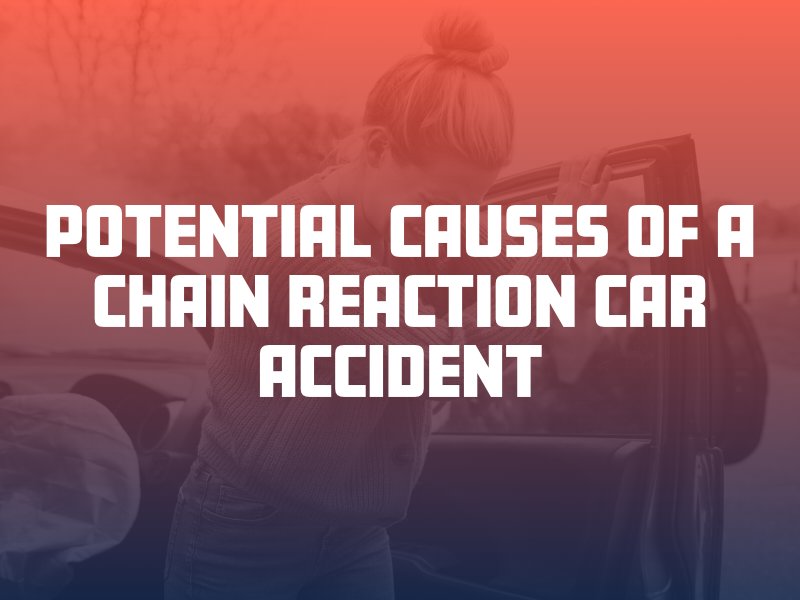Most car accidents involve only two vehicles and two drivers. Fault in these cases is relatively simple, as it will most likely go to one of the drivers. A chain reaction car accident, however, involves three or more drivers. Determining fault after this complex type of crash can be challenging without assistance from an Albuquerque car accident attorney.
What Is a Chain Reaction Car Accident?
A chain reaction car accident refers to multiple rear-end collisions taking place in quick succession, one after the other. It is when three or more vehicles collide with each other in a back-to-back chain of rear-end car accidents. A rear-end collision is when the front of one vehicle strikes the back of the vehicle it is following. A chain reaction crash looks like this:
Driver D>>Driver C>>Driver B>>Driver A
A chain reaction car crash would be if Driver D rear-ends the back of Driver C’s vehicle with enough force to send Driver C into the back of Driver B, Driver B into the back of Driver A, and so on. In this example, four drivers could suffer injuries and property damage – but, in general, not all four would be held responsible for the crash.
What Causes Chain Reaction Car Accidents?
The causes of chain reaction car accidents are similar to what causes rear-end collisions in New Mexico. The most common cause is driver error. If one driver makes a mistake or behaves carelessly behind the wheel, he or she could set off a chain of events that ultimately affects numerous drivers. Acts of negligence that may cause a chain reaction accident include:

- Driver inattention or distraction
- Texting while driving
- Driving under the influence of drugs or alcohol
- Falling asleep behind the wheel
- Speeding
- Following too closely
- Reckless, aggressive or road-rage driving
- Weaving in and out of traffic
In some cases, a chain reaction crash is caused by mechanical failure or a vehicle malfunction, such as bad brakes making it impossible for the rearmost driver to stop before colliding with the next driver. Poor road conditions or dangerous weather could also contribute to a chain reaction car accident, such as a malfunctioning traffic light that leads to an intersection pileup or wet roads that make it difficult to stop.
Determining and Proving Fault in a Chain Reaction Accident
Chain reaction car accidents can turn into difficult car insurance claims due to the complexity of the crash. With so many parties involved, breaking down who or what caused the accident may take a lengthy investigation. The goal is to determine the cause of the first or initial collision – the car accident that sparked the chain reaction of subsequent accidents. The person or party responsible for the initial crash can be held accountable for all resultant damage. In some cases, multiple drivers or parties share fault for a multi-car crash.
The driver or drivers who caused the first collision can be held liable for the rest of the chain reaction, even if their vehicles did not technically touch the other cars that were affected farther up in the chain. Holding the first driver responsible requires evidence that he or she caused the initial crash that led to all the others. This may take proof of a driver error, such as cell phone records proving that the driver was distracted at the time of the crash.
If the chain reaction accident was caused by something other than driver error, such as a road defect, victims may be able to file claims against the government or entity responsible instead of another driver. If you get injured in a chain reaction car accident, contact an attorney at The Fine Law Firm as soon as possible for legal advice. Our law firm can investigate your chain reaction accident to determine who is at fault. Then, we can help you go up against this party or parties in pursuit of fair financial compensation.

